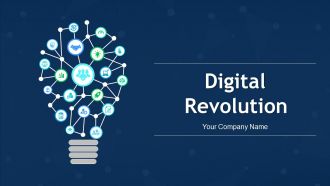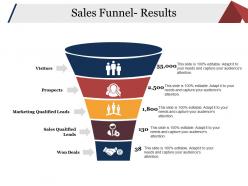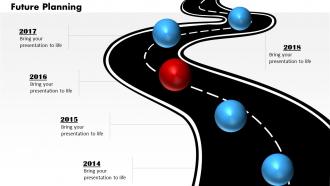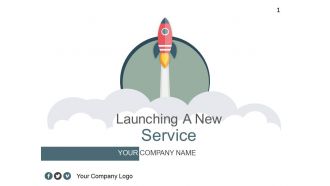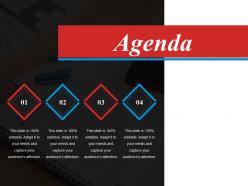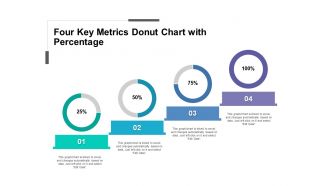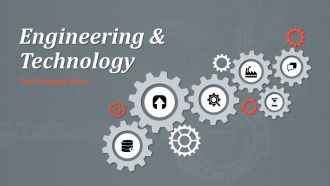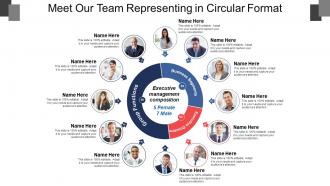In the world of software Development, where rampant changes are being made, Agile Modeling has taken a new and important place. The concept originated in the late 90s, when the earlier Water Fall model seemed to be stressful or not that “agile”. It possesses an incremental change that we will talk about in this article.
Major Stages of Agile Modeling:
It comprises many facets, the 6 major facets that it delves into are:
- Test
- Development
- Feedback
- Information Gathering
- Designing the Requirements
- Development
To further talk about the aspects, the Test features the testing of the made software on a particular group, the Development is in the lieu process of it, and the Feedback prescribes the basic understanding of what is more required in the particular arena. Additionally, the Information Gathering is again the collection of relevant feedback, the Designing in requirements comprises the usage of that feedback in the order, and then the development. Hence, It is a continuous cycle where the six different and minute stages take place!
Benefits of Agile Modeling:
- The major benefit of Agile Modeling entails Incremental and Effective change. As we have discussed above Agile Modeling works at different stages! Moreover, It can bring forth different changes and execute them simultaneously. Hence, for a team where the load is less and the stakeholders are also low in number, the Agile Modeling attribute may be seen as a boon.
- It can have an open communication. This results in good teamwork and great collaboration. Agile Modeling provides the developers an opportunity to have a robust dialogue between the developers, the testers, the testees the users, the information gatherers, and the funders as well, making it a worthy model to go ahead with.
- It has a single segment of information that is accumulated. Hence, the unnecessary laborious paperwork seems futile when it comes to working on the Agile Model. It is more visual and experiential. Additionally, they are done so with the help of graphical representations which play an important role in easier modifications.
- The best outcome of it comes from the bringing of Change, Unlike the previous Water Model, the Agile Model is seen as the harbinger of change that too in the positive direction. The frequent feedback, the modeling, and the development make it a robust system.
Disadvantages of Agile Modeling:
- Agile Modeling may seem like a suitable model, but in terms of vast projects, many users find it difficult to execute, as the model lacks sustainability. In terms of larger models, Agile Modeling can only act in a niche environmental zone. However, that may be deemed as cumbersome.
- In terms of a greater number of team members, Agile Modeling comes with its limitations, as the communication in terms of a larger workforce may seem a bit ambitious, and so as the working of it. Communication and collaboration are one of the few pillars of Agile Modeling and may seem broken in the vast environment.
- The incremental change may seem like a change going quite slowly. In the rampant developmental world, where the softwares grow at a pace, the change may seem very slow to adhere to.
The Major Types of Agile Modeling:
There are many types of agile modeling work, but the 4 important ones include:
- Crystal: The Crystal Model comes with different approaches. Here the main person is the leader who brings the change, or asks for the change depending on the feedback information that he gathers.
- Scrum: The scrum model comes with the basic layout of the plan. Here the entire team goes according to the plan that was put out in the starting ensuring a safe and sound execution.
- Extreme Programming: The Extreme Programming Model comes at the time when major changes are required to be made, that too in a very continuous row.
- DSDM: The DSDM stands for Dynamic Software Developmental Model. it is where the teams are empowered enough to make a change wherever and whenever it is required.
Conclusion
As the name suggests, Agile Modeling is an agile way of making incremental and sharp changes. It is based on the utility and the feedback that it devours from the stakeholders. With multiple benefits, agile modeling is essential in Risk Mitigation and Collective Team formation. Though it has demerits it has limitations when it comes to playing with the bigger, and vaster team set. Agile Modeling seems fruitful in the rapidly cultivating software world! Visit our website for more content and get customized templates, specifically designed keeping the needs in mind! Sign in at https://www1.slideteam.net/ and have an enthralling experience.
FAQs
What are the 6 major stages of Agile Modeling?
The 6 major types include the Test feature, where the testing of the made software on a particular group. The Development is in the lieu process, and the Feedback prescribes the basic understanding of what is more required in the particular arena. The Information Gathering is again the collection of relevant feedback. The Designing in requirements comprises the usage of that feedback in the order, and then the development.
What are the benefits of Agile Modeling?
It offers the major advantage of incremental and effective change, making it well-suited for teams with low workloads and stakeholders. It fosters open communication, promoting teamwork and collaboration among various stakeholders. The model's focus on visual representations minimizes paperwork, enhancing the experiential aspect of the process. Unlike traditional Waterfall models, Agile Modeling thrives on change through frequent feedback. It thrives on robust modeling, and dynamic development, driving positive outcomes in a flexible and adaptable manner.
What are the demerits of Agile Modeling?
While suitable for some, It faces challenges with sustainability and scalability in larger projects. It operates best within a niche environment, which may prove cumbersome for extensive undertakings. With a larger team, communication and collaboration can become ambitious, potentially hindering its effectiveness. Incremental changes might be perceived as slow in a rapidly evolving software development landscape.




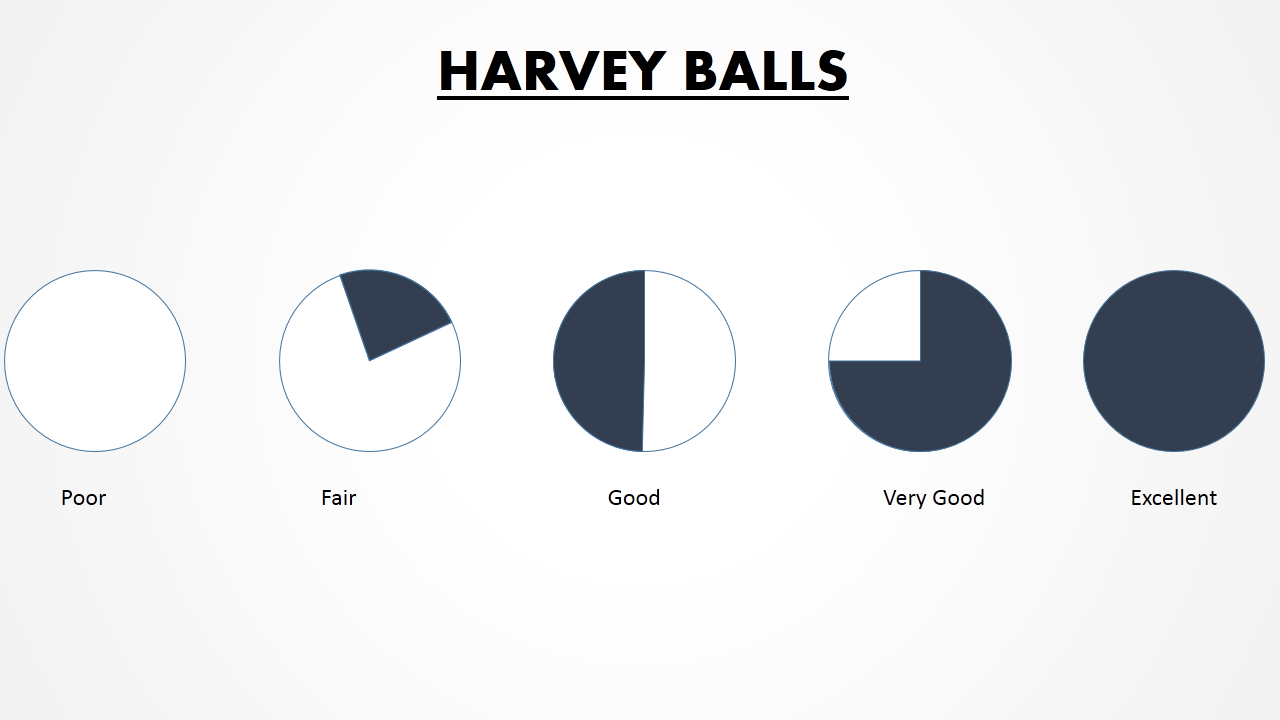

 Customer Reviews
Customer Reviews








